
The only problem most gardeners have with their gardens is that once the harvest is over, it’s over. It’s honestly kind of a boom-and-bust cycle, and it can be kind of a downer after you’ve picked everything. Fortunately, there is a way you can get more out of your garden by stretching your harvest time into more of a continuous thing. Want to know how? Here are 8 tips for a garden that keeps on giving.
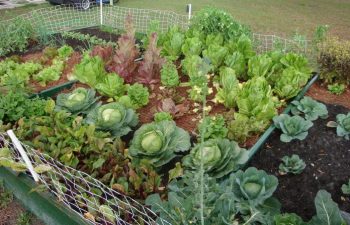
1. Successive Planting
You probably have a list of things you usually plant at the same time. But check the directions on your seed packets or plants. Could you spread out your planting a little more? Even if you wait a week or two between planting sessions, a successive planting schedule could help you stretch your harvest time much longer.
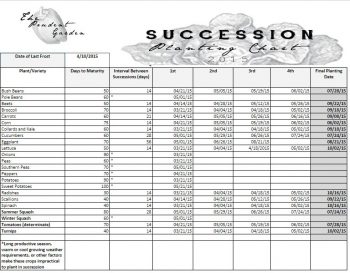
2. Grow Everbearing Plants
Plants like Swiss chard, collards, and kale can give you repeated harvests for months if you pull the leaves from the outside of the plant. Squash, peppers, and indeterminate tomatoes can almost be harvested daily. Properly pruned, many herbs can produce all season long. Root vegetables, such as beets and carrots can actually stay in the ground until you’re ready for them, and will last for a while after that in a root cellar. With a little bit of research, you’ll also find there are several varieties of strawberries and raspberries that will keep on giving over a long season.
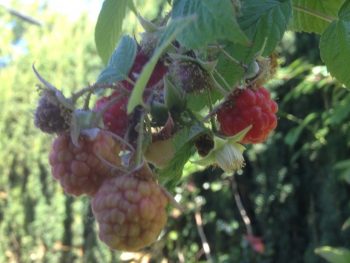
3. Plant from Kitchen Scraps
There are several varieties of vegetables that can be re-planted from scraps. Celery and green onions are just two examples.
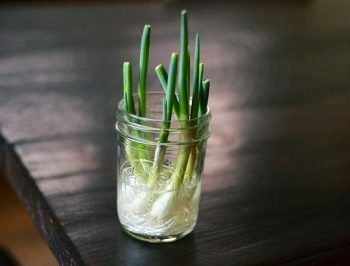
4. Plan Ahead
If you know what grows well in your zone and how long your favorite plants take to mature, you can map out a planting calendar that will help you maximize your harvest and its timing.
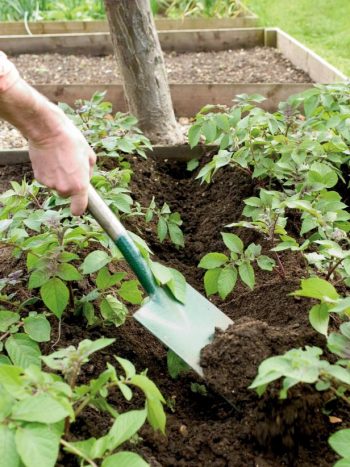
5. Use Containers
If you plant in containers, you can move plants to where they’ll get better sun, more shelter, or better protection (including indoors) when the weather starts to change.
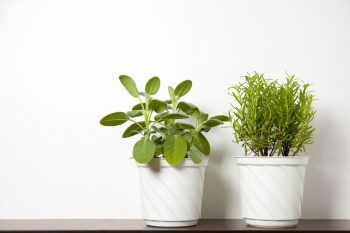
6. Stay on Top of Weeds
It isn’t a secret that a few weeds could be seriously detrimental to your garden. Make it a point to visit your garden every couple days and pull out any weeds that are sprouting up.
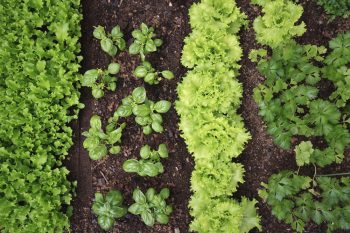
7. Mulch
Garden mulch can do a lot for your plants! Apply 2-3 inches of mulch in your garden to help with water retention, weed growth, and soil temperature.
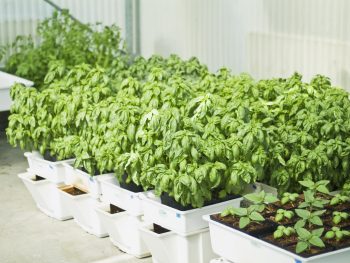
8. Water Correctly
Save your seed packets to reference the watering needs of your plants as they grow. Pick a consistent watering schedule, because irregular watering can lead to small veggie yields!
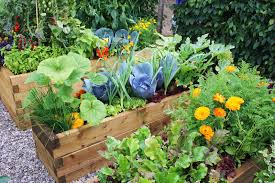

Leave a Reply